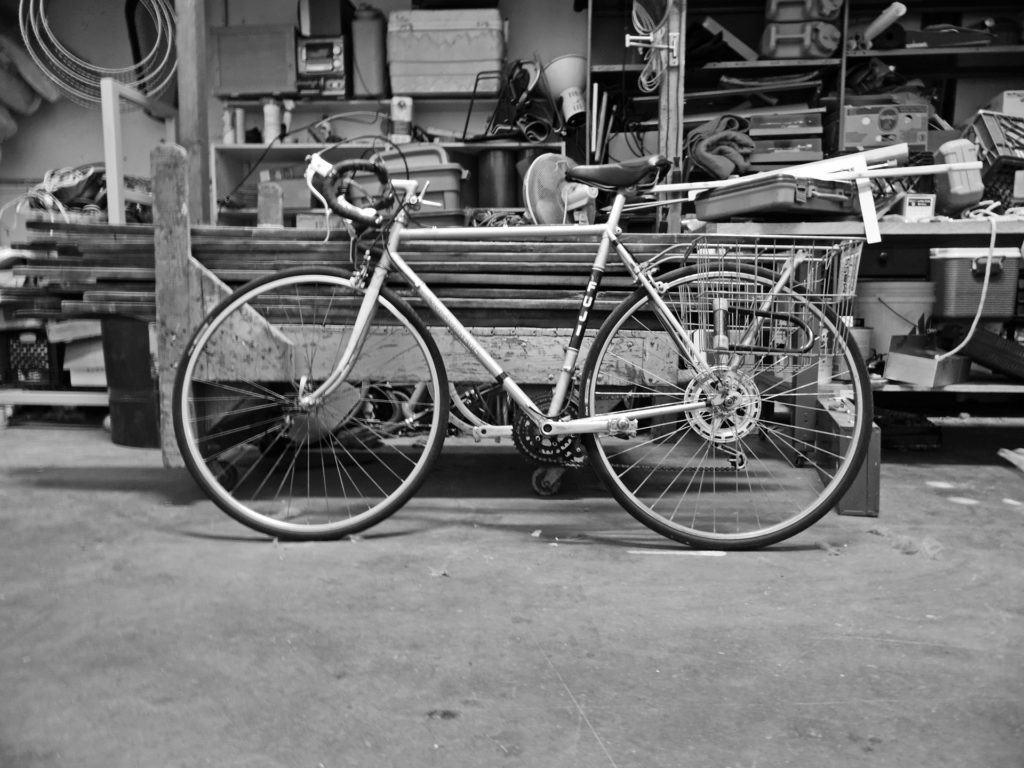Greetings cyclists! Today marks the first day of my new Friday series. This series, titled, “Ask Bart Haynes,” will focus on answering questions from beginning cyclists. Although I can anticipate what issues or problems novice cyclists might run into, I’d like to hear from all of you to generate real life situations that need an expert opinion.
Today, I’m taking my first question from a friend of mine who recently decided to clip in. Alan is a buddy I met through mutual friends and had a great question that all cyclists should be able to answer for the purpose of safety. His question was:
“What should I check on my bike before heading out on a ride?”
Below, I’ve outlined 5 things that are important to inspect before hitting the road.
1. Tire Pressure
Be sure to check your tires first thing. Tires inevitably give people the most problems on the road due to deflation or something that causes a flat (see How To Fix a Bicycle Flat in case that happens). Even if there’s nothing obvious stuck in your tires, all tires deflate slowly over time. Therefore, it’s good practice to anticipate pumping a bit of air into the tires before each ride.
2. Brakes
Checking to see that your brakes are in working order is another rule of thumb before heading out on a ride. To do this, squeeze the brake levers enough to stop your bike and look to see if the cables aren’t frayed or stretched. In addition, take a look at the brake pads to see that they’re only hitting the rims and not the tires. Brakes are extremely important to check for obvious reasons; without brakes in good condition, you’re in trouble!
3. Seat and Handle Bars
Looking to see that the seat and handle bars are in the proper position will ensure a comfortable and ultimately safe ride. A couple of weeks ago, I let my nephew take my bike out for a spin. When I got on to ride the next morning, I was glad to be in the practice of checking my bicycle before I hopped on because the handle bars were loose! If I hadn’t have performed the check, it’s quite possible I would have gone gliding down the steep hill leading out of my neighborhood with the handlebars of my bicycle in my hands and not attached to the bike.
4. Gears
To check your gears, get on your bike and make sure that it can run through the entire range of settings. It’s possible that there could be issues with the chain slipping, rough shifting, or something similar. It’s also possible that the drive train needs lubricating if the gears don’t shift smoothly. Chain slippage has the ability to cause major issues while on the road, so make sure to keep gear checking in your inspection routine!
5. Helmet
Last but not least, checking your helmet is something that is as equally important as checking elements on your bike. This is an easy step to skip as many people assume that their helmets are in good condition. However, if there is an unforeseen crack or if the straps have readjusted to different lengths, your head could be in jeopardy. A common problem is for the helmet to ride to far back on the head which leaves the forehead exposed. Make sure and protect the most fragile and valuable part of your body by checking your helmet!
Don’t forget to do this inspection before you ride to increase the chances of staying safe on the road. Thanks for reading the first edition of Ask Bart Haynes. Happy cycling!

